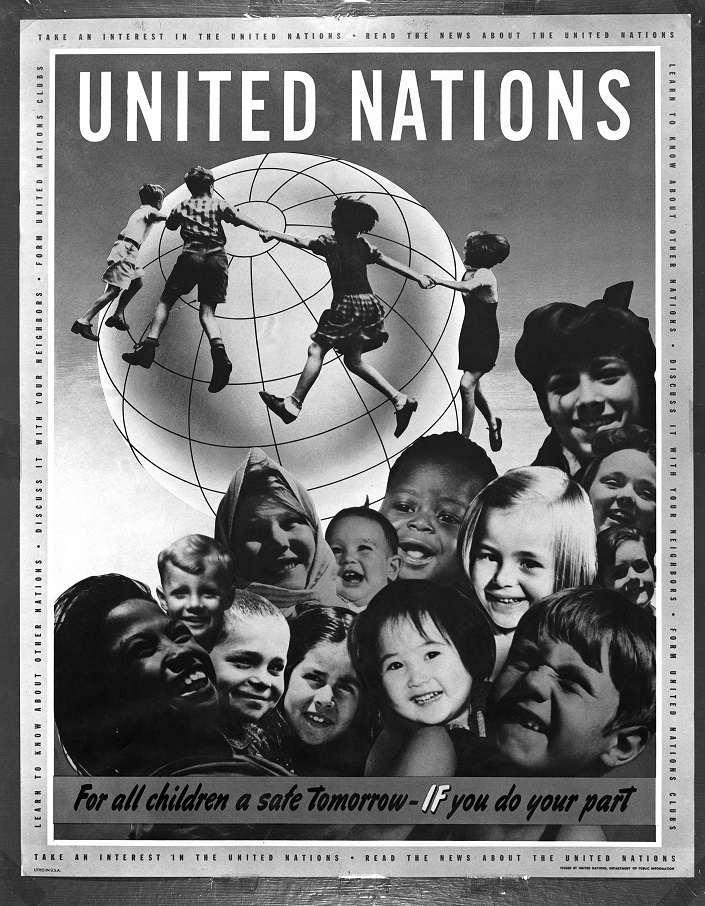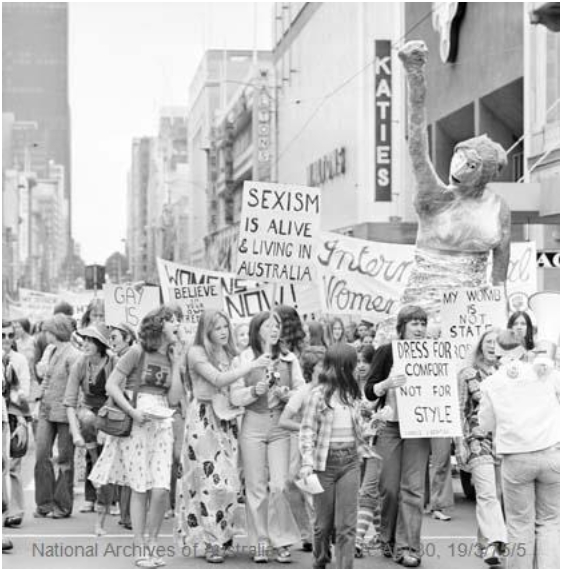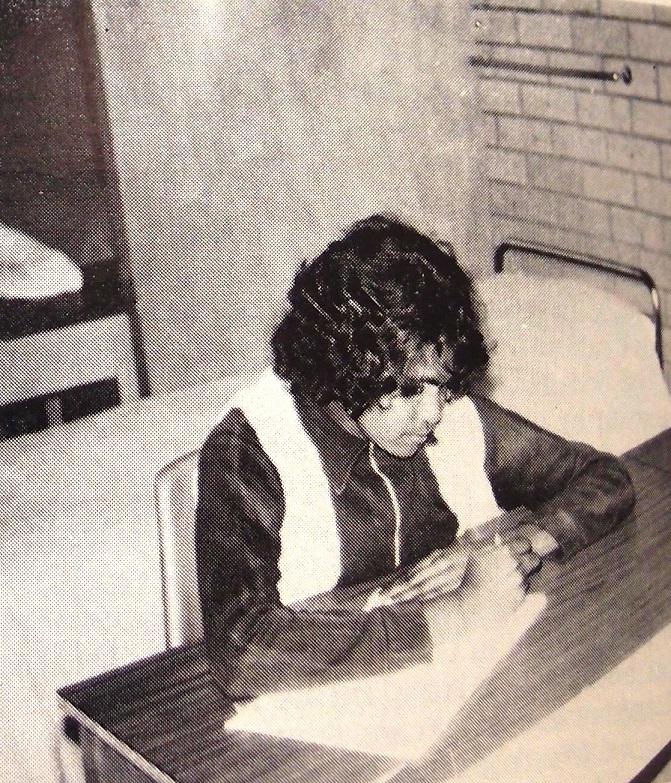
Training Homes (also known as Training Schools) were institutions where children and young people could learn habits of hard work and respectability, as well as skills suited to the workforce. In the early twentieth century, the work skills usually involved domestic service for girls and farm labour for boys. Later on the occupations considered suitable…

The Declaration of the Rights of the Child set out ten principles related to children’s rights. The Declaration was adopted by the United Nations General Assembly on 20 November 1959. Click here to see the full Find & Connect glossary

The Supporting Mother’s Benefit was a Commonwealth allowance introduced in 1973 by the Whitlam government. It extended equal access to income support to all single mothers. In November 1977, it was replaced by the Supporting Parent’s Benefit, with sole fathers becoming eligible for payments. This payment made it possible for many single mothers to keep…
The Widows’ Pension was a Commonwealth allowance introduced to enable widows with dependent children to stay at home and look after them, rather than having to go out to work to keep the family from destitution. From October 1942 until 1976, the Widows’ Pension was exempt from income tax. Single mothers, de facto wives and…
Open adoption is when an adoption occurs with no secrecy, the child can know who their birth parents are and the birth parents have the right to keep in contact with the child. It can be compared to closed adoption practices of the twentieth century and the effects these had on many people involved in…

Aboriginal Education and Employment Hostels were operated by the Western Australian Department of Native Welfare from 1950 to 1972, and then came under the administration of the Department for Community Welfare and its successors. They were set up to provide accommodation for young Indigenous people who needed to come to the metropolitan area, or large…
The Commissioner of Native Welfare was an official role created by the Native Welfare Act 1954 (WA), replacing the Commissioner for Native Affairs. The Commissioner was the head of the Department of Native Welfare, and the legal guardian of every Aboriginal child in Western Australia to the age of 21 years, except those children made…
The Commissioner for Native Affairs was an official role created by the Native Administration Act 1936 (WA), replacing the Chief Protector of Aborigines. The 1936 Act also created the Department of the Native Affairs, of which the Commissioner was head, and extended the powers of that role. The Commissioner was the legal guardian of every…
Absconding is a term used to describe the act of running away or escaping from an institution, foster home or other place of care. The report of the 2004 Senate “Forgotten Australians” inquiry stated that ‘absconding was a widely reported practice’ in children’s institutions around Australia. Various child welfare laws around Australia made absconding or…
Service children refers to those young people who were under the guardianship of the Western Australians departments responsible for the ‘care’ and protection of children. Service children had been placed in employment with employers who had entered into a service agreement. The service agreement was between the employer and the department or other authorised institution…